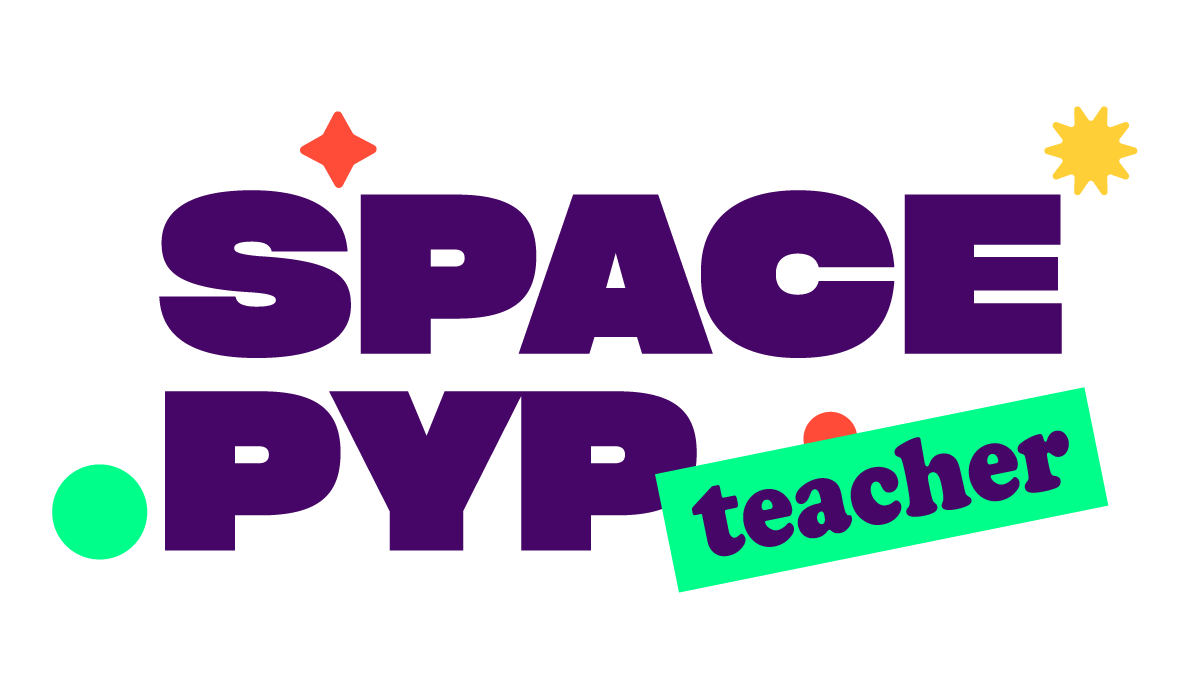These two weeks are dedicated to the inquiry and research phase of the PYPX. The goal is for students to dive deeper into their topics, develop their initial ideas, and define the focus of their projects. During the exhibition period, I try to balance more academic work with creative and interactive activities that keep students engaged and motivated.
Title, Team, and Logo
We begin these two weeks with an activity students love: choosing a team name, creating a project title, and designing a logo. For the logo, I always collaborate with the art teachers (thank you, Elizabeth Zans), and students work on it during their art classes. It’s important to remember that the PYPX is a transdisciplinary project and should be integrated into all subjects during these weeks.


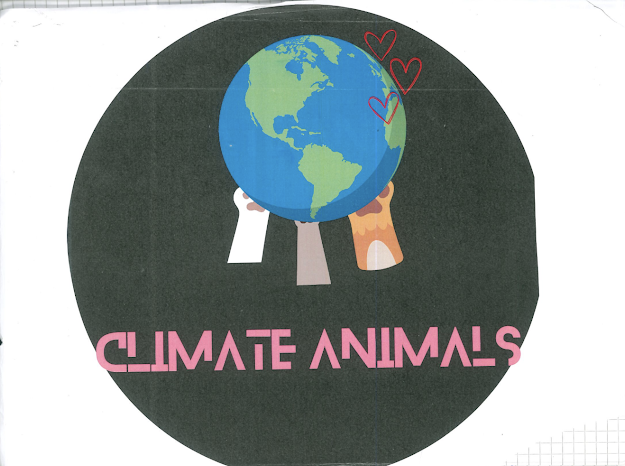
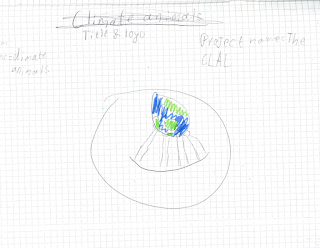

Research Plan
Next, students develop their Research Plan. Each group formulates 15 research questions, evenly distributed among the three lines of inquiry. They can choose to write 5 questions per line or use combinations like 6-6-3 or 6-4-5. These questions are used to carry out the activities they designed during Week 1, thus completing the cycle of agency: they planned the activities, and now they carry them out to conduct their research.
These questions are also displayed on the exhibition panels to guide visitors, who are encouraged to ask students one or two of them, helping avoid repetitive presentations.

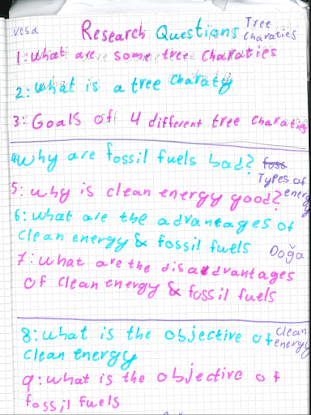
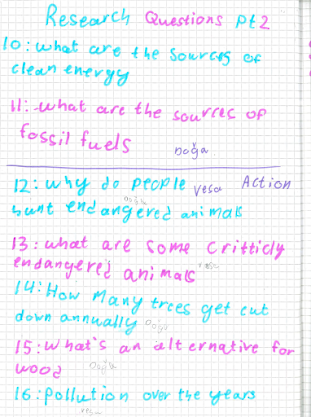
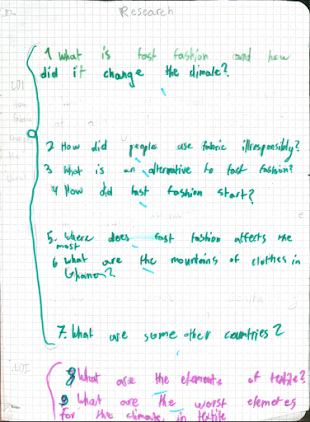
Glossary
Each group creates a glossary with five key terms. I encourage students to think about words that their younger siblings or lower-grade students might not understand. This exercise deepens their understanding of academic vocabulary and helps prepare them to explain their projects in an accessible way.
Varied Bibliography
All groups must include in their research document a varied bibliography that combines:
- Books, videos, or websites
- Interviews (in person, by email, or video call)
- Surveys
- Field tripsath
Mathematics
For these weeks, I reserve mathematical concepts like mean, mode, median, and graphing so we can address them through a transdisciplinary lens. I ask students to collect data as part of their research, represent it in graphs, and draw conclusions. It’s an excellent way to integrate math into the project in a meaningful and authentic way.

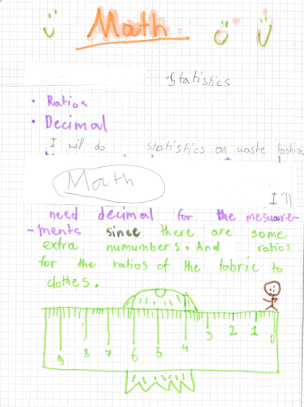
Language Arts
In Language Arts, students process their research through a text format of their choice. It can be a comparative, informative, persuasive text, or even a poem. This allows them to develop communication skills suited to different formats and purposes, and to understand how communication is tied to their projects.
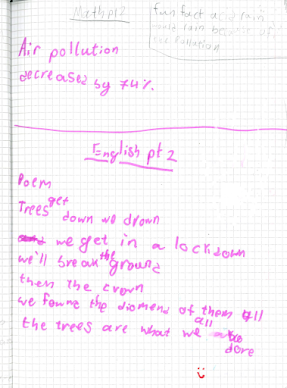
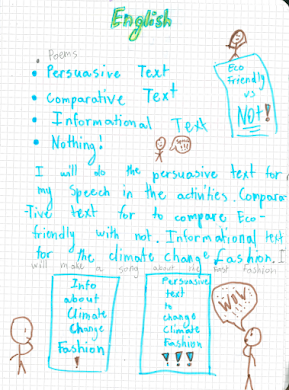
Other Subjects
- Additional Languages: Students investigate how the SDGs are addressed in the countries where the languages they study are spoken and create a small project around this.
- PE: They design interactive games to include in their presentations, making them more engaging for younger students.
- Art: Students create their project logos and an artistic piece that represents their topic. This idea was inspired by my visit to the PYPX at the International School of Belgrade.
- Music: Students research songs connected to their SDGs and present them.

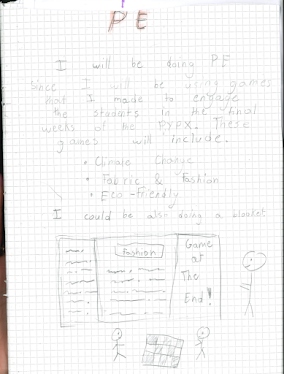

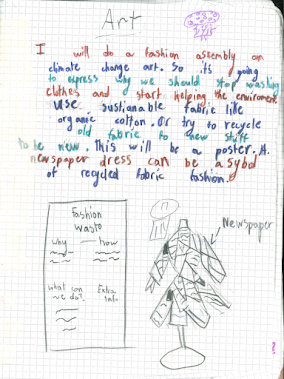
Meeting with Another IB School
As a special activity, I organize a surprise video call with another IB school that is also preparing for their exhibition. Last year it was with NOVA School (Skopje), in previous years with the International School of Belgrade and Escuela Obradoiro (A Coruña). Students present their progress, receive feedback and new ideas, and exchange school experiences. It’s a great opportunity to begin practicing presenting their projects in a real-world context.




Group Reflection
We end these two weeks with a group reflection session. Each group shares their progress, receives peer feedback, and reflects on what they’ve learned and what they can still improve. These sessions strengthen collaboration, build confidence, and promote critical thinking.

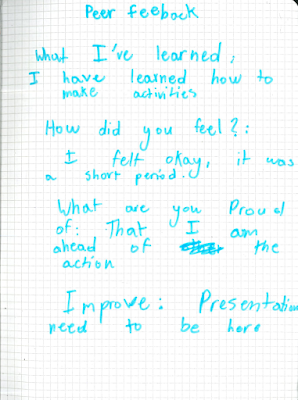
These two weeks involve a lot of hard work and effort from the students. That’s why it’s important to prepare them mentally and allow for breaks. I like to reward them with extra time outside or use a few hours to share stories from my travels or my own student life as mental breaks.
